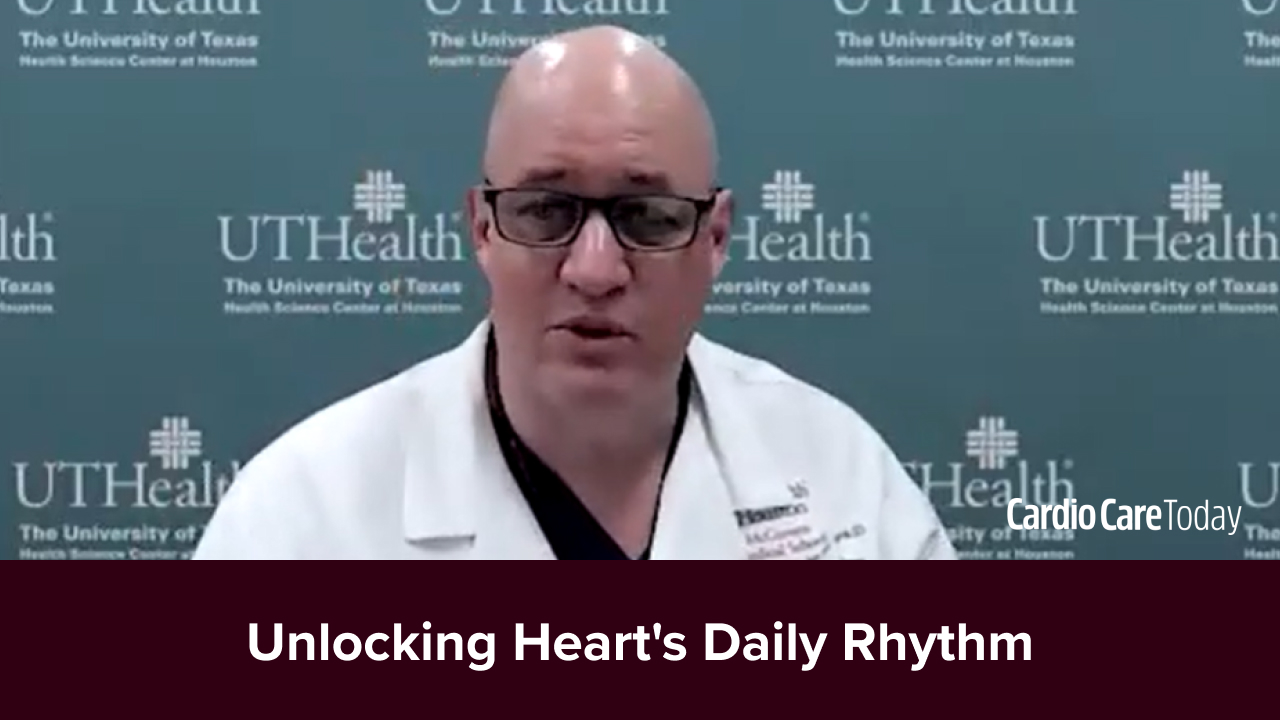
Diabetes mellitus (DM) is a common comorbidity in patients with atrial fibrillation (AF) and is associated with an increased frequency of major adverse cardiac events (MACEs). Thus, researchers from the Affiliated Ninth Hospital of Suzhou University in Suzhou, China, conducted a meta-analysis to compare the efficacy and safety between direct oral anticoagulants (DOACs) and vitamin K antagonists (VKAs) for stroke prevention in real-world patients with nonvalvular atrial fibrillation (NVAF) and diabetes. Bo Cao, MD, and colleagues found that DOACs demonstrated superior efficacy and safety profiles compared to VKAs, and significantly reduced the risk of adverse events.
According to the authors’ report, published in Cardiovascular Therapeutics, the results “supported the advantage of DOACs over VKAs regarding efficacy and safety in patients with NVAF and diabetes in the real world.”
The investigators collected seven observational studies involving 249,794 patients with NVAF and diabetes from PubMed, Embase, and Web of Science. A random-effect model was used to estimated primary endpoints related to treatment outcomes and associated risk ratios (RR) with 95% confidence intervals (CI).
According to their analysis, the use of DOACs was associated with significantly reduced risks of stroke (RR = 0.56, 95% CI 0.45–0.70; p < 0.00001), ischemic stroke (RR = 0.61, 95% CI 0.48–0.78; p < 0.0001), stroke or systemic embolism (SSE) (RR = 0.81, 95% CI 0.68–0.95; p = 0.01), myocardial infarction (RR = 0.69, 95% CI 0.55–0.88; p = 0.002), major bleeding (RR = 0.75, 95% CI 0.63–0.90; p = 0.002), intracranial hemorrhage (RR = 0.50, 95% CI 0.44–0.56; p < 0.00001), and major gastrointestinal bleeding (RR = 0.77, 95% CI 0.62–0.95; p = 0.02), as well as a borderline significant decrease in MACEs (RR = 0.87, 95% CI 0.75–1.00; p = 0.05) in patients with NVAF and diabetes.
The authors acknowledged that their study was subject to the inherent limitations of retrospective analysis, as well as an absence of laboratory data available for patients treated with warfarin making the proportion of time in therapeutic range (TTR) undeterminable.
Despite the limitations in their meta-analysis’s design, the authors were firm that direct oral anticoagulants showed superior efficacy and safety over VKAs in patients with NVAF and diabetes, with significant reductions in risks for several major adverse events.







 © 2025 Mashup Media, LLC, a Formedics Property. All Rights Reserved.
© 2025 Mashup Media, LLC, a Formedics Property. All Rights Reserved.